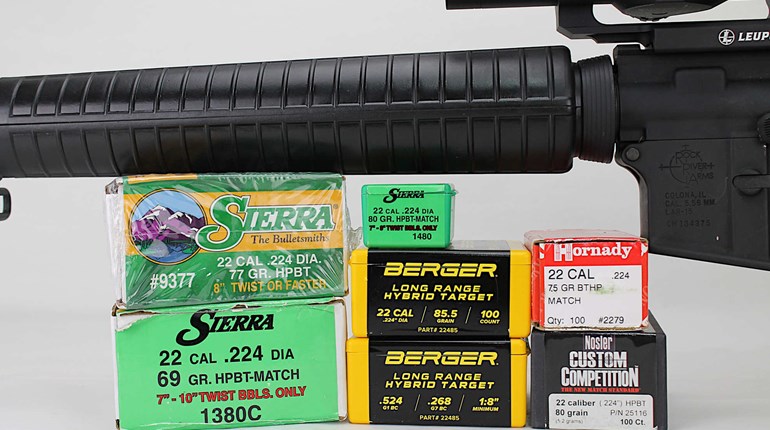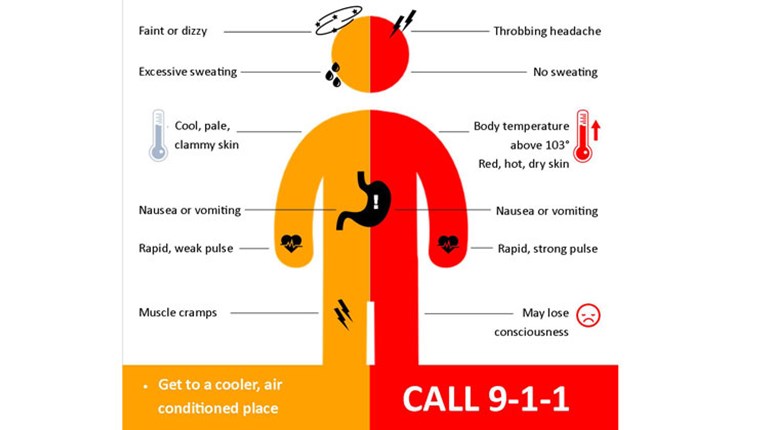
The science of ballistics is complex. There are many forces acting upon a bullet as it sails through the atmosphere, and we can all become better shooters if we understand how those forces work.
There are a couple of common terms associated with a bullet – Sectional Density, which is the ratio of a bullet’s weight to its diameter, and Ballistic Coefficient, which is a comparison to a particular standard ‘model’ bullet, to relating how well the projectile will fly through the atmosphere. There two models used for determining the Ballistic Coefficient of almost all of our purposes: The G1 model and the G7, with the first representing a flat-based spitzer bullet, and the second representing a sleek, boat tail bullet. Modern projectiles will be referenced to one or both of these standard models. Bullets with high Sectional Density figures will be longer, and bullets with higher B.C. figures will resist atmospheric drag. These two attributes will help you choose a bullet that’s right for your needs.

Gravity is an obvious effect on a bullet fired out of your barrel. All objects are pulled toward the center of the earth at a pretty similar rate – atmospheric conditions aside - and the faster a bullet is launched, the more ground it can cover, before it is pulled earthward. This is a great example of why so many magnum cartridges are described as "flat-shooting." They cover more ground in a certain time period than a slower counterpart and require less elevation adjustment to counter gravity’s effects. In addition, if you have a bullet designed to efficiently slice through the atmosphere, it will retain more of its velocity and energy to help cover additional ground.
Think of a baseball thrown by a child and one thrown by a major league pitcher. The child’s throw – at a lower velocity – will require more arc to reach the target than will the 98-mph fastball. Therefore, the .30-30 Win. bullet, with a round nose and a low velocity, will have more of an arced trajectory than will a .300 Win. Mag. with a sleek spitzer bullet. This is kind of obvious, but this is the logic behind a streamlined bullet at a high velocity.
Wind deflection, commonly known as wind drift, will have a definite effect on the flight path of your bullet. In the wind, your bullet will be blown off course by a certain amount, and the longer your bullet is in flight, the worse it will be. Bullets with a higher B.C. value will be less affected by the wind, while the flat-nosed and round-nosed projectiles will see more influence. Think Ferrari vs. box truck, and you’ll get the idea. Wind deflection is one of the hardest parts of the ballistic equation to compensate for, because the wind is a variable and may change both direction and intensity several times on a long shot. Long-range competitive shooters, as well as snipers, spend years learning how to read the wind and adjust their hold for the effect.

The rifling of your barrel is what spins the bullet for stability in flight, and the longer a bullet gets (read higher S.D. and B.C. figures), the faster it will need to be spun in order for it to remain stable in flight. If your twist rate is too slow, the bullet will no longer rotate around the centerline of the bullet and will begin to wobble; you may see the bullet strike the target in profile. However, the simple act of spinning that bullet will also cause it to veer off course over time in the direction of the rotation. This phenomenon is known as ‘spin drift’, and for shots out past 500 yards, it becomes a concern.
There are other, less-influential effects, but I hope you’re beginning to see why the modern projectile has taken on the sharp, sleek shape it has. The long ogive and boattail features create a much more efficient projectile – just look at the long-range match bullets – that will make hitting a distant target much easier than the round-nosed bullets of yesteryear. If you hunt or shoot within 200 yards, the benefits of the high B.C. bullets probably won’t make much of a difference, as the time of flight is so short that the effects mentioned above are minimal. If you intend to punch paper or ring steel out past 250 or 300 yards, the high B.C. bullets give a definite advantage.

Looking at some of the B.C. figures for the 6.5 mm and .30-caliber bullets, you’ll get a good idea why they have been embraced by so many of the long-range hunters and shooters. These are among the best for the true long-range work, yet are loaded in cartridges that are pleasant on the shoulder. Whether you’re looking for a new long-range hunting bullet, or a match-grade target projectile, compare and contrast the B.C. and S.D. values, and you’ll soon understand why these values hold so much weight.

































